A bunion is a structural abnormality/deformity of the bones and the joint that connects the big toe and the foot. It occurs when the affected bones enlarge, and the consequence of this enlargement is the abnormal position of the big toe which turns towards the first nearby toe.
Enlargement of the bone is prone to irritation caused by uncomfortable shoes, which causes swelling of the affected area and tenderness. Doctors can treat bunions with two treatment modalities, orthotics and surgery. Orthotics include bunion splints and separators. In surgical repair, the surgeon corrects the protrusion of the toe and performs its realignment.
Recovery time after bunion surgery depends on a couple of things. The first thing is how excessive the surgery is, and the second factor is the overall health of the patient.
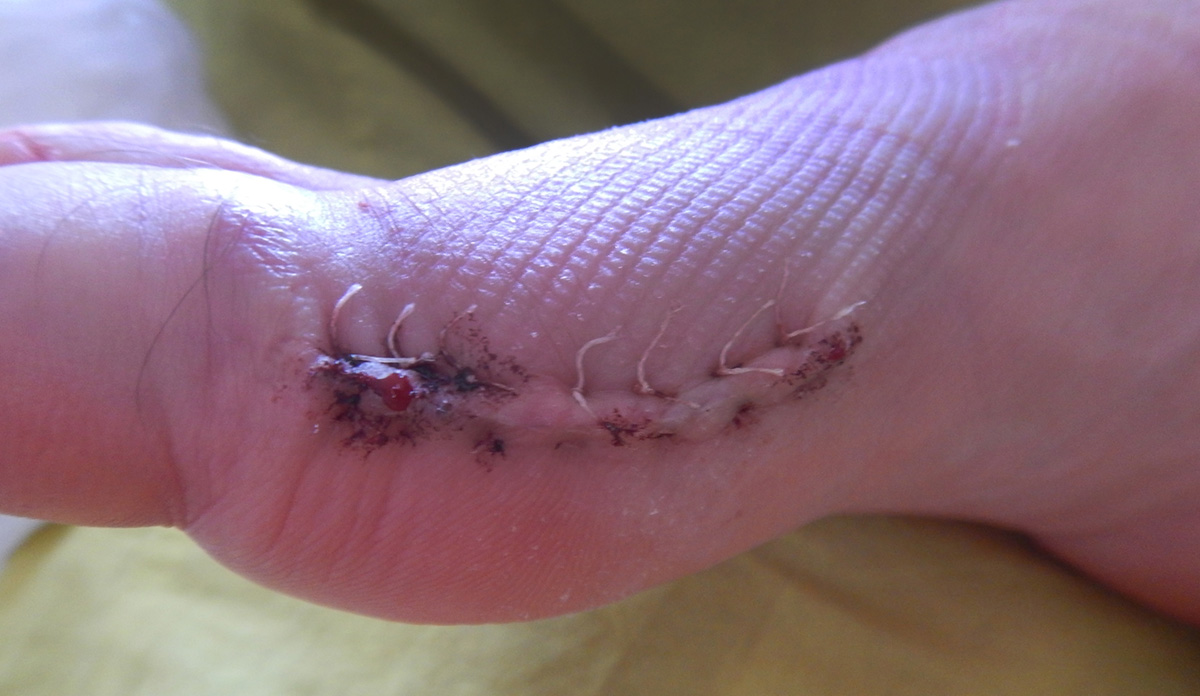
Surgery for Bunions
The very type of surgery interferes with the recovery time. Four types of surgery for bunions are available, and they include arthrodesis, resection arthroplasty, exostectomy, and osteotomy. Exostectomy is not so frequently performed. It includes the removal of the bunion. Because this surgical approach includes cutting the excessive bone, the recovery time takes a bit longer, compared to other types of surgery.
Recovery Time for Bunion Surgery
No matter what surgical approach has been applied the recovery time after bunion surgery ranges from 3 weeks to a few months.
After the surgery, patients are discharged the very day. There is no need for prolonged hospitalization. Anesthesia alleviates the pain for several more hours after the surgery, and postoperative pain is then dealt with by prescribed painkillers. The operated foot is placed in a cast or is fixed by a special orthotic shoe. This prevents excessive movements and promotes better healing.
The first week after the surgery is definitely the hardest one. The operated foot is supposed to be bandaged. The patient may walk but only with the assistance of crutches. Still, patients are not advised to move they should stay in bed and rest. This prevents putting too much weight on the operated foot. Furthermore, during the first 10 days after the surgery, the foot needs to be elevated. And finally, during showers and baths, the foot needs to stay dry.
A few weeks after the surgery, the stitches are removed, and patients slowly get back to their regular daily activities. But, they should avoid excessive walking, driving, and running for a little while. The slow increase in activities is highly recommendable, and the doctor will provide the best advice on how this can be achieved. In this stage, the patient does not have to wear the orthotic shoe anymore.
- PROMIS scores were prospectively obtained from patients evaluated in a specialty foot and ankle clinic between February 2015 and November 2016. Using ICD-9/10 and CPT codes, a total of 65 patients with hallux valgus who underwent a bunionectomy by a single surgeon were identified.
- Those with less than two-month follow-up, multiple procedures during the follow-up period, as well as incomplete PROMIS assessment scores at any time point were excluded, resulting in 34 patients. Using a previously described method, bunionectomy-specific pre-operative cut-off values to achieve and fail to achieve minimally clinically important differences (MCID) in PF with 95% specificity and 95% sensitivity were determined.
- We then stratified patients based on their pre-operative PF T-scores as above or below the MCID cut-off. PF was evaluated using two-way ANOVA at 4 follow-up time periods and pre-operative cut-offs (above or below MCID cut-off) as factors to establish data analytic curves based on pre- operative scores.
- Bunionectomy-specific PF cut-off for 95% specificity of exceeding MCID was 39.6 and 50.2 for 95% sensitivity for failing to achieve MCID. Patients were stratified based on PF T-scores above (n = 13) or below (n = 21) the MCID cut-off of 50.2.
- Data analytic curves were generated for above the PF cut off and below PF cut off. (Figure 1) Pairwise comparison demonstrated that those starting with a T-score above the bunionectomy specific cut-off had significantly better PF pre-operatively (p
Taking all the previously mentioned into consideration, as well as the age of the patient and his/her general health, the overall recovery time lasts approximately from 6 weeks to 6 months. In some patients, recovery time may even prolong up to a year.



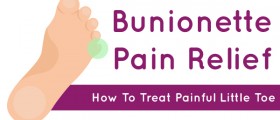







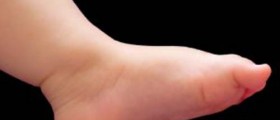

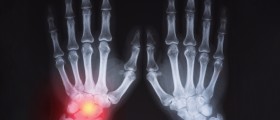

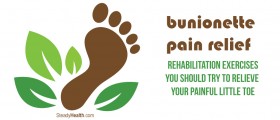
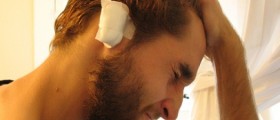
Your thoughts on this
Loading...